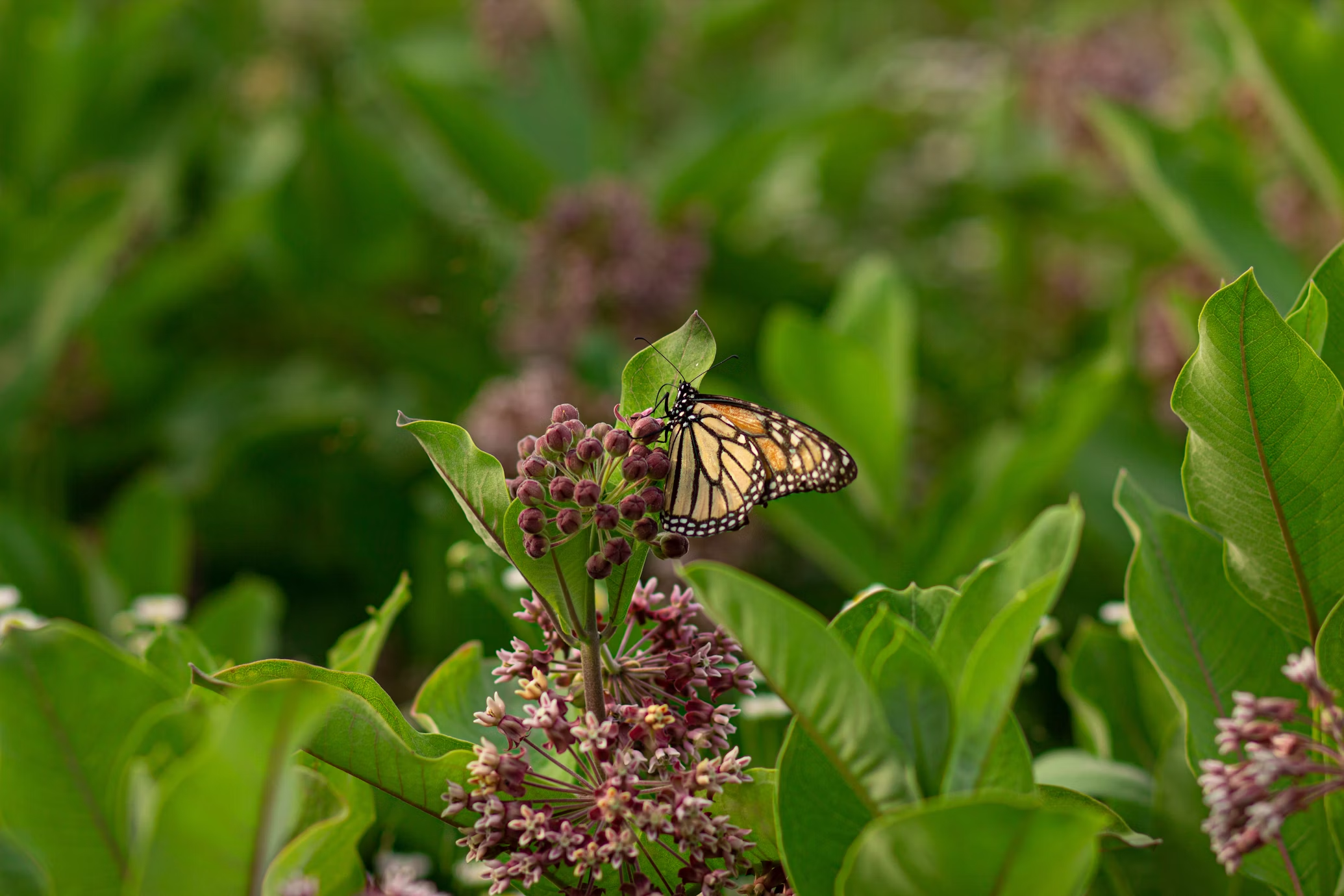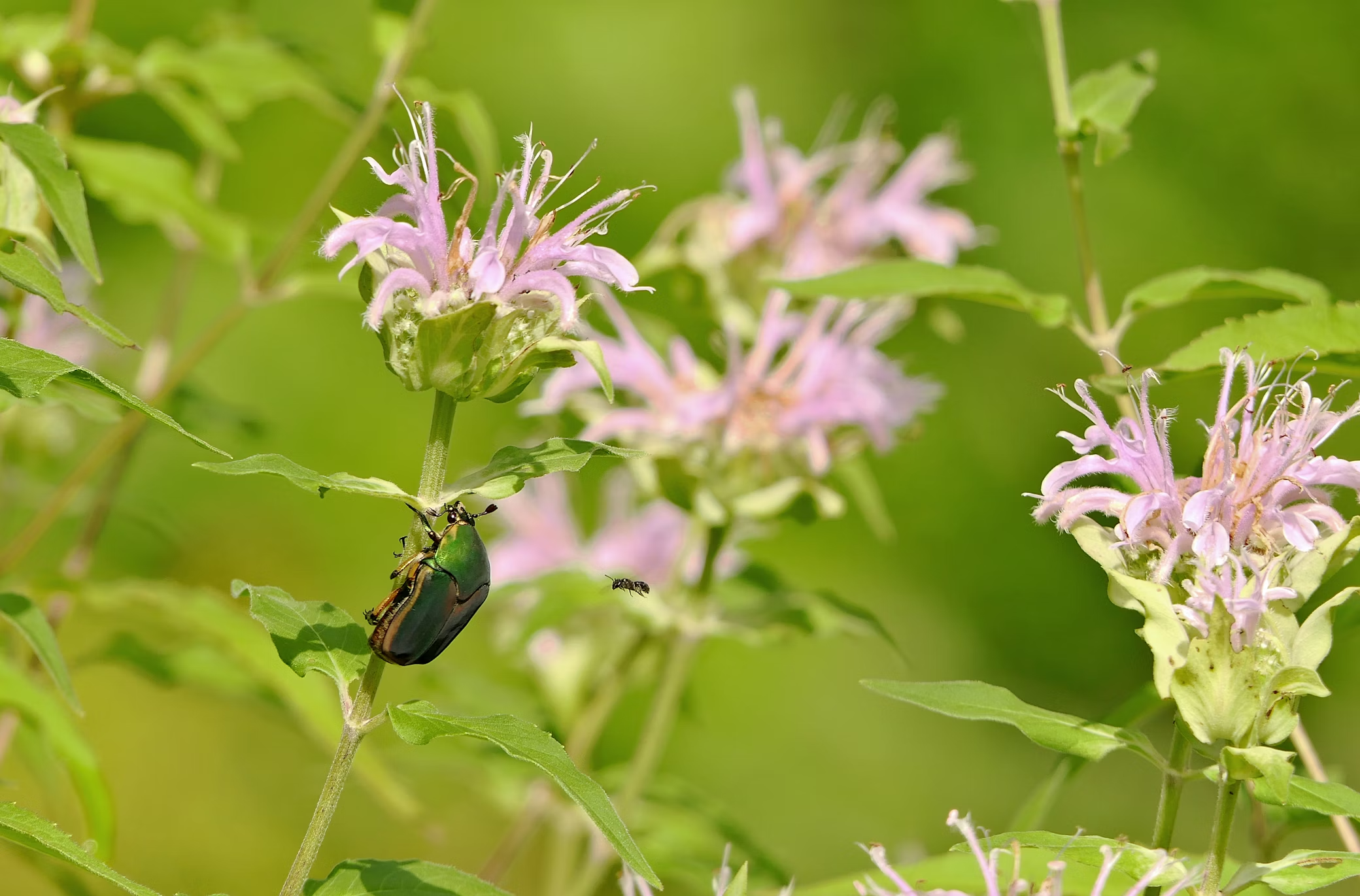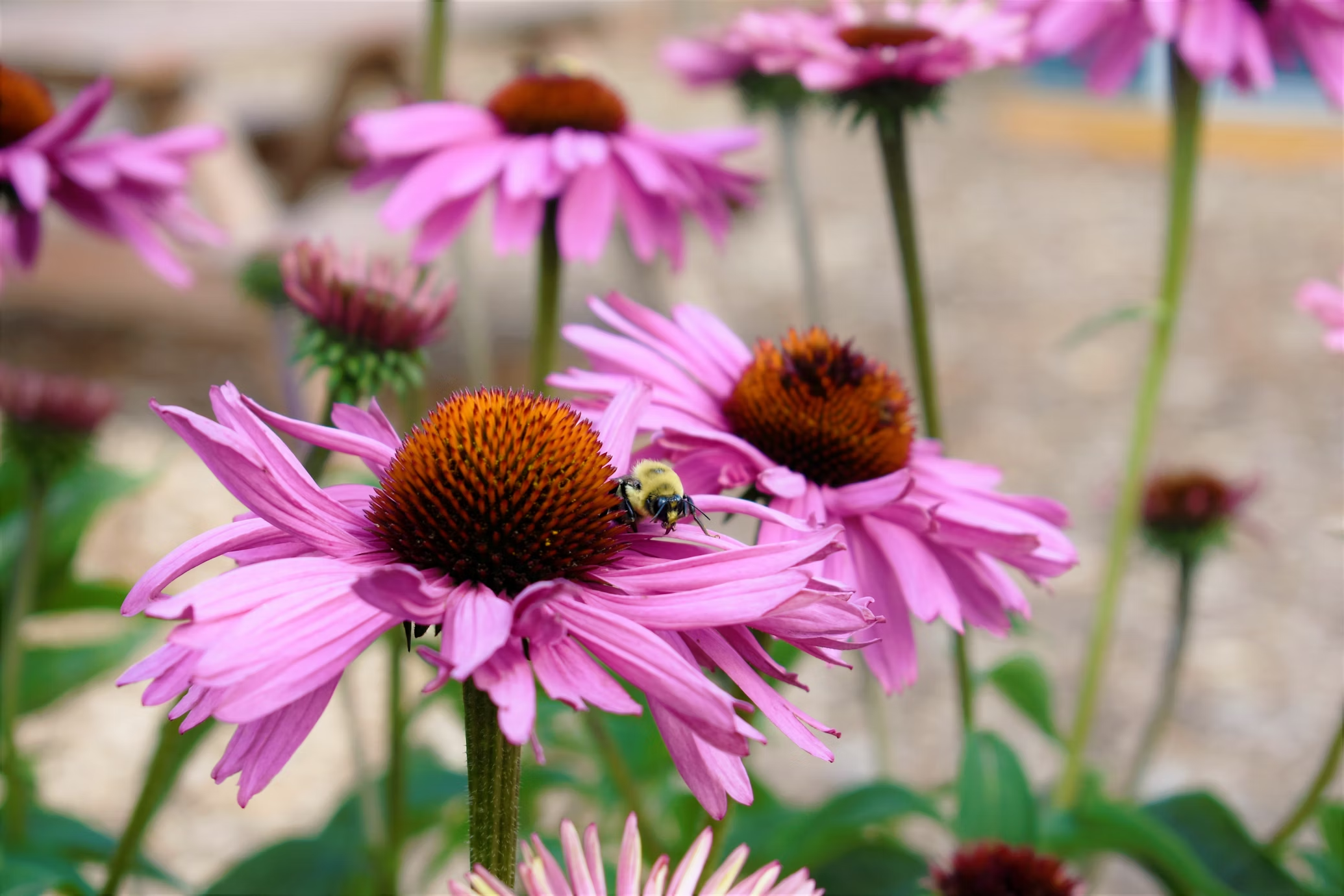Spring has arrived in Blue Springs, and there’s no better time to refresh your garden with native Missouri flowers. At Colonial Gardens, we love helping local gardeners discover plants that are not only beautiful but also perfectly adapted to our climate. Native species thrive with less water, resist pests naturally, and provide essential food for pollinators like bees, butterflies, and hummingbirds.
This April, consider adding these five stunning native blooms to your garden. Each one brings unique color, texture, and ecological benefits—making your outdoor space a vibrant sanctuary for both you and local wildlife.
Why Native Plants Matter for Your Blue Springs Garden
At Colonial Gardens, we encourage gardeners to choose native plants because they:
-
Support local wildlife (especially pollinators and birds)
-
Require less water and fertilizer than non-native species
-
Are naturally disease- and pest-resistant
-
Help preserve Missouri’s unique ecosystem
Whether you’re planting a pollinator garden, a shady retreat, or a sunny wildflower meadow, these native species will bring lasting beauty and ecological benefits to your landscape.

5. Virginia Bluebells (Mertensia virginica)
For shady spots in your garden, Virginia Bluebells are an enchanting choice. These spring ephemerals produce clusters of soft blue, bell-shaped flowers that fade as summer arrives. They’re especially valuable because they bloom early, providing nectar for emerging pollinators when few other flowers are available.
Plant them in moist, rich soil under trees or along woodland edges. They pair beautifully with ferns and hostas, creating a serene, naturalistic garden setting.
Find growing tips at Missouri Wildflowers Nursery.

Image taken by Lasclay on Unsplash
4. Butterfly Milkweed (Asclepias tuberosa)
No native Missouri garden is complete without Butterfly Milkweed, a critical plant for monarch butterflies. Unlike common milkweed, this variety boasts vibrant orange flowers that bloom all summer long. It’s a must-have for anyone looking to support endangered monarch populations.
Butterfly Milkweed thrives in full sun and well-drained soil, making it perfect for rock gardens or dry slopes. Once established, it’s highly drought-resistant and requires very little maintenance.
Discover more from Monarch Watch’s Milkweed Guide.

Image taken by Patti Black on Unsplash
3. Wild Bergamot (Monarda fistulosa)
Also known as Bee Balm, Wild Bergamot is a fragrant favorite among gardeners and pollinators alike. Its lavender-pink blooms appear in mid-to-late summer, attracting hummingbirds, bees, and butterflies. The leaves have a pleasant minty aroma and can even be used to make herbal tea.
This plant is deer-resistant and adapts well to Missouri’s clay soils. It prefers full sun to partial shade and moderate watering, though it can tolerate short dry spells.
For planting tips, check out the Missouri Department of Conservation’s guide.

Image taken by Nick Fewings on Unsplash
2. Black-Eyed Susan (Rudbeckia hirta)
If you’re looking for a cheerful, sun-loving perennial, Black-Eyed Susan is a must-have. Its golden-yellow petals and dark centers bring a burst of color to gardens from midsummer into fall. This hardy wildflower thrives in hot, dry conditions, making it perfect for Missouri summers.
Black-Eyed Susans are excellent for cut flower arrangements, and their seed heads provide food for birds in winter. They grow well in almost any soil type, even poor or rocky ground, and require minimal care once established.
Learn more from the USDA Plant Guide on Rudbeckia hirta.

Image taken by N Band on Unsplash
1. Purple Coneflower (Echinacea purpurea)
Few native perennials are as versatile and resilient as the Purple Coneflower. With its bold purple petals and prominent orange-brown centers, this flower is a showstopper from early summer through fall. It’s incredibly drought-tolerant once established, making it ideal for Missouri’s unpredictable weather.
Beyond its beauty, Purple Coneflower is a pollinator magnet, attracting butterflies and bees while also serving as a natural remedy in herbal teas. Plant it in full sun to partial shade, and it will reward you with years of low-maintenance blooms.
For more details, visit the Missouri Botanical Garden’s guide on Echinacea.
Visit Colonial Gardens for Native Plants & Expert Advice
Ready to get planting? Stop by Colonial Gardens in Blue Springs this April to explore our selection of native Missouri flowers. Our staff is here to help you choose the perfect plants for your garden and answer any growing questions you may have.
Happy gardening🌿
